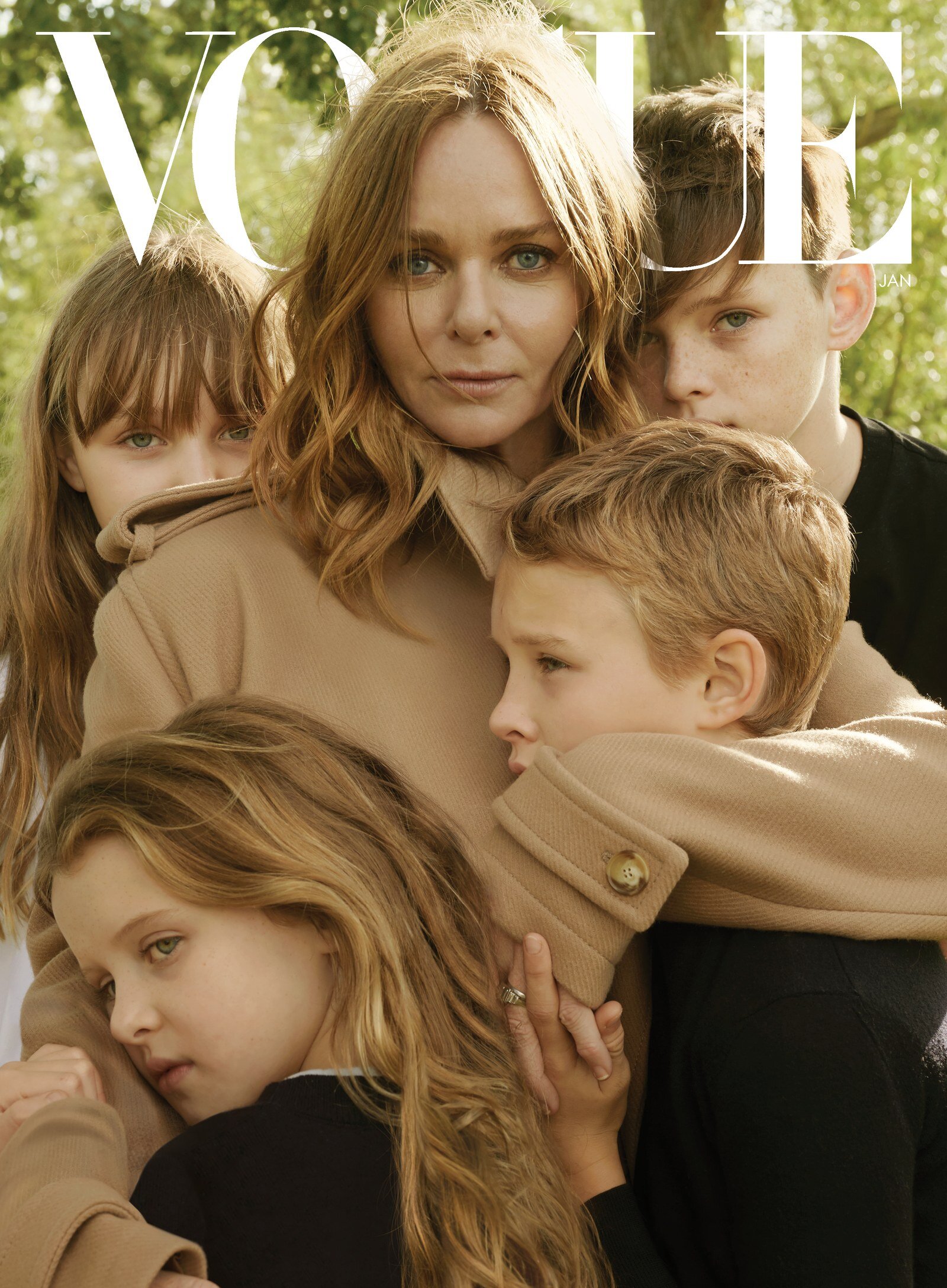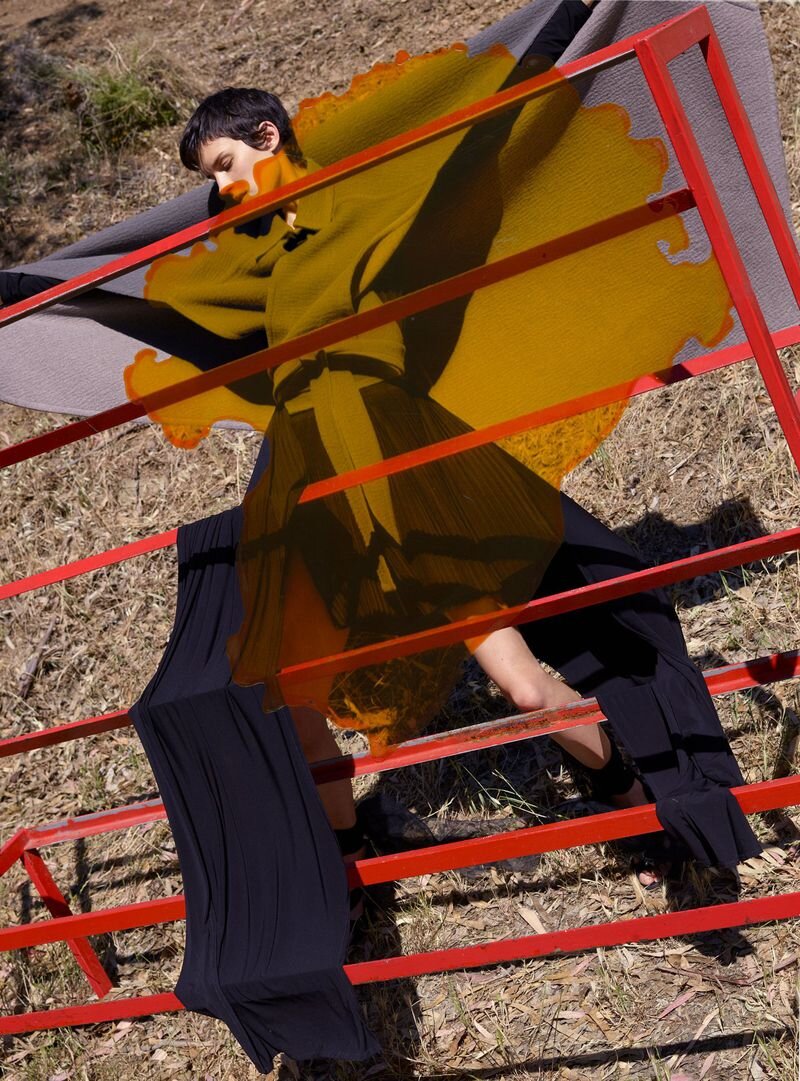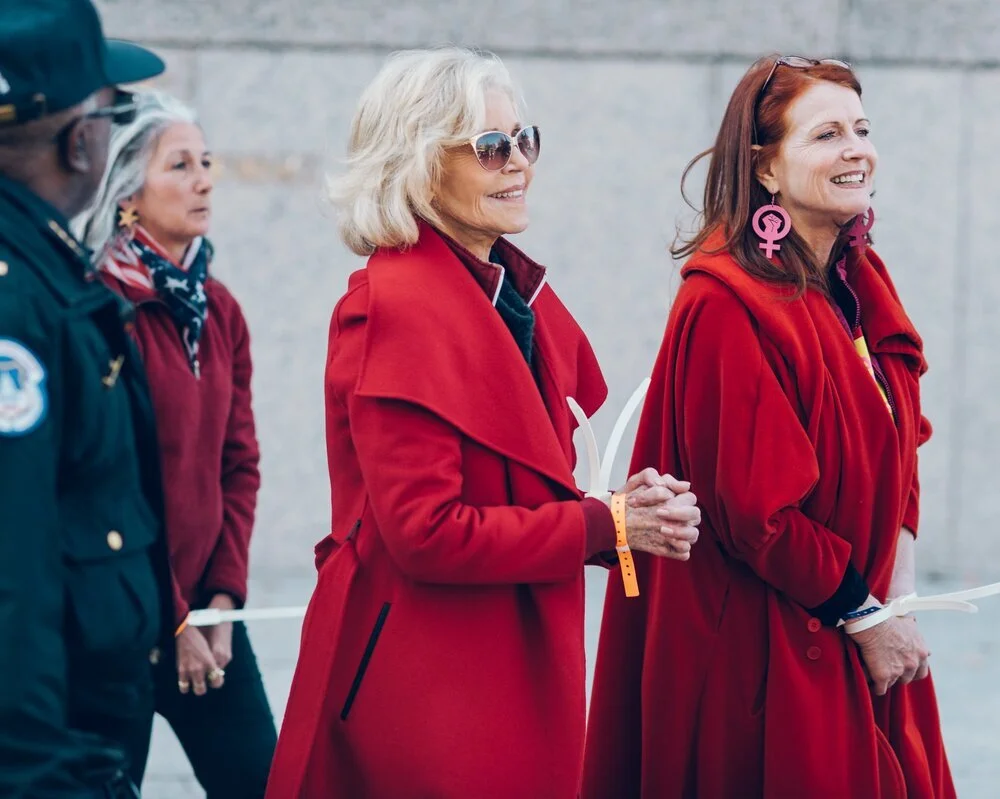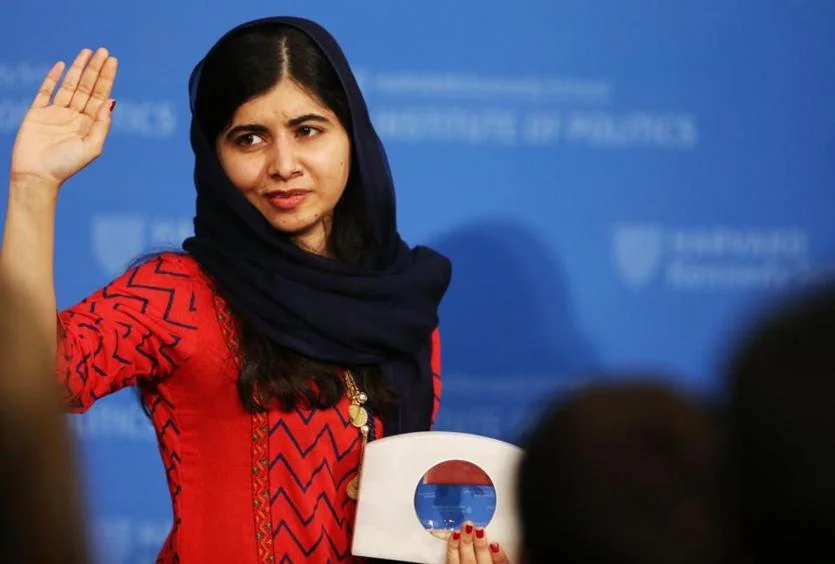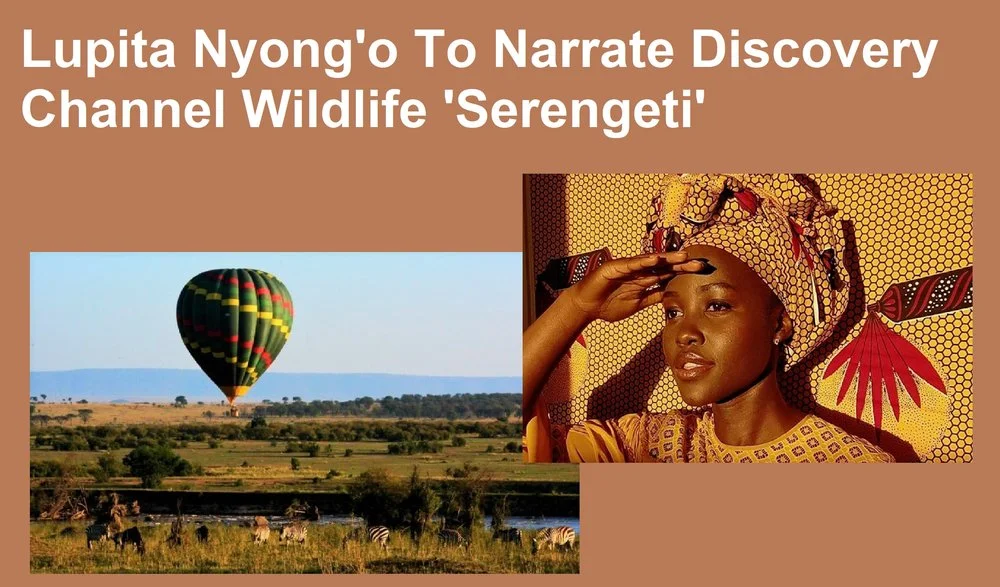Bride Burning & Violence Against Women in Kerala, India
/It’s a man’s world in India, according to Australia’s The Age reporter Graham Reilly who reflects on the two years he lived in India’s Kerala countryside.
In intimate, narrative travelogue style, we become literary fireflies, flitting across the orangeaid details of his driver’s pending arranged marriage and other observations about life in Kerala. Such a time-honored custom remains grounds for celebration, not Western-style judgments.
Our adrenalin rises as fears mount. In spite of the gorgeous landscape, this will not be a good story for women.
” … there is another India, an incredibly troubling India, an India that doesn’t appear in the tourist ads, an India that Prime Minister Kevin Rudd is never likely to see on official visits to the capital to meet his Indian counterpart, Manmohan Singh. It was certainly an India that left me confounded, shocked and struggling to understand the country’s many complexities and inconvenient truths.” The Age
The list of discriminations in the Kerala region of India are well known here at AOC:
- The killing of girl babies and the resulting gender imbalance which will undoubtedly result in more sex trafficking and stealing of women for sex and forced marriage. We fear this trend will escalate.
- Dowry deaths when families can’t come up with sufficient dowry, resulting in bride burning. The Lancet estimated that bride burning deaths ran 100,000 per year in 2001. It’s feared that dowry deaths are increasing.
Graham Reilly ends his provocative and troubling observations with an observation that knaws at me as well.
Digital technology delivers information on global events to desktops equally, except in countries like China and Saudi Arabia, where governments strictly monitor content. Even then, controlling the flow of information is difficult.
Reilly quotes feminist writer Sarojini Sahoo who writes: ”When our children are attacked either in Britain or Canada or in Australia, we shout against racial discrimination in these countries. We seem to see clearer when the subject is far away and seem less in focus when it is closer.”
Admittedly, my own observations have been more focused on the Muslim world, than India.
Declarations against practices that hold women hostage to religion, culture and politics is seen as a betrayal of Islam. The focus is Western moves to restrict burqas, rather than the millions of women who live under them with no freedom to choose.
Offering no excuse for American behavior, which is indefensible at times, I remain bewildered by a women’s rights intellectual strategy that’s focused on the outer ring of the problem and not the bullseye.
Women’s rights problems escalate, in what’s essentially a textbook argument that suits university-educated types focused on telling the West to “stuff it”.
Women burn, die, drown, groan and suffer endlessly because — as Sarojini Sahoo reminds us — it’s easier to ‘see’ when the subject is far away. I add that it’s less dangerous and more psychologically cathartic for both the individual and readers to attack Western nations than their own.
Let’s assume these bloggers are writers are correct in everything they say about Western nations, especially America. The problem is that still more women are dead trash in this heap of global intellectual arguments, when our collaborative energy should be spent on the women who are roadkill around the world.
More reading: It’s a man’s worldThe Age
Bride Burning - in the name of dowryThe Peoples Voice









